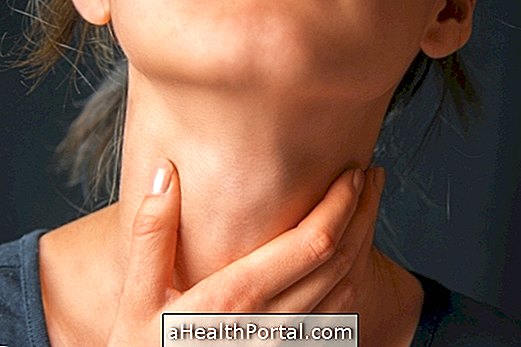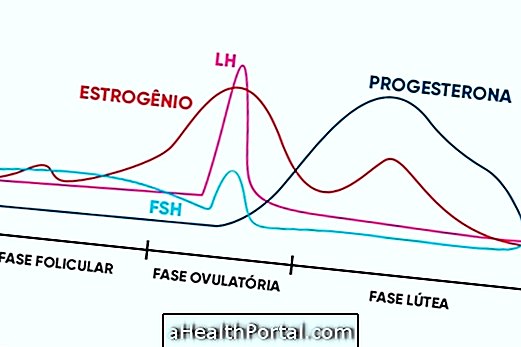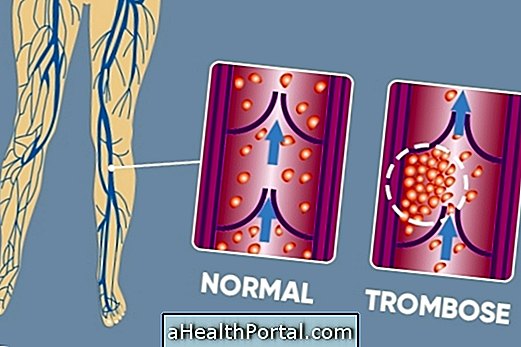Kawasaki syndrome is a rare disease characterized by inflammation of the wall of blood vessels leading to the appearance of rashes, fever, enlarged lymph nodes and, in some children, cardiac and joint inflammation.
This disease is not contagious and occurs most often in children aged 5 years, especially boys. Kawasaki syndrome is usually caused by changes in the immune system, which causes the cells of the immune system to attack the blood vessels, leading to inflammation. In addition to the autoimmune cause, it can be caused by viruses or genetic factors.
Kawasaki syndrome has a cure and treatment is done according to the pediatrician's advice, most often with the use of aspirin to relieve inflammation and injection of immunoglobulins due to autoimmune response.
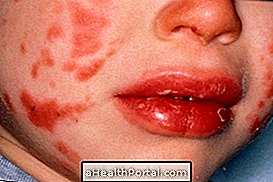

Signals and symptons
The symptoms of Kawasaki disease are progressive and may characterize three phases of the disease. However, not all children have all the symptoms. The first stage of the disease is characterized by the following symptoms:
- High fever, generally above 39 ° C, for at least 5 days;
- Irritability;
- Red eyes;
- Red and cracked lips;
- Tongue swollen and red like strawberry;
- Red throat;
- Hindrances in the neck;
- Palm of the hands and soles of the feet red;
- Appearance of red spots on the skin of the trunk and the area around the diaper.
In the second phase of the disease there begins to be peeling of the skin of the fingers and toes, joint pains, diarrhea, belly pain and vomiting that can last for about 2 weeks. In the third and last stage of the disease, the symptoms begin to slowly regress until they disappear.
How to treat
Kawasaki syndrome has a cure and its treatment is the use of medicines to decrease inflammation and prevent the worsening of symptoms. Usually the treatment is done with the use of aspirin to reduce fever to inflammation of the blood vessels, especially the arteries of the heart, and high doses of immunoglobulins, which are proteins that are part of the immune system, for 5 days or according to medical guidance.
At the end of the fever, the use of small doses of aspirin may continue for several months to reduce the risk of heart artery damage and clot formation. However, to avoid Reye's Syndrome, which is a disease caused by prolonged use of aspirin, Dipyridamole may be used according to medical advice. Learn more about Reye's syndrome.
Treatment should be done during hospitalization until there is no risk to the child's health and no possibility of complications such as heart valve problems, myocarditis, arrhythmias or pericarditis. Another possible complication of Kawasaki disease is the formation of aneurysms in the coronary arteries, which can lead to artery obstruction and, consequently, infarction and sudden death. Here are the symptoms, causes and how the aneurysm treatment is done.
How is the diagnosis made?
The diagnosis of Kawasaki syndrome is made according to the criteria established by the American Heart Association from the observation of the symptoms presented by the child. Thus, the following criteria are evaluated:
- Fever for five days or more;
- Conjunctivitis without pus;
- Presence of red and swollen tongue;
- Redness and oropharyngeal edema;
- Visualization of fissures and redness of lips;
- Redness and edema of hands and feet, with scaling in the groin area;
- Presence of red spots on the body;
- Swollen glands in the neck.
In addition to the clinical examination, tests may be ordered by the pediatrician to help confirm the diagnosis, such as blood tests, echocardiogram, electrocardiogram, and chest x-ray.

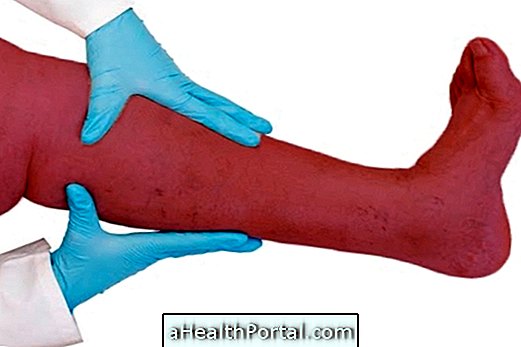
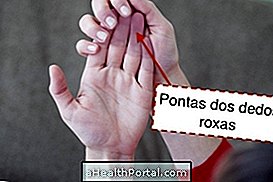
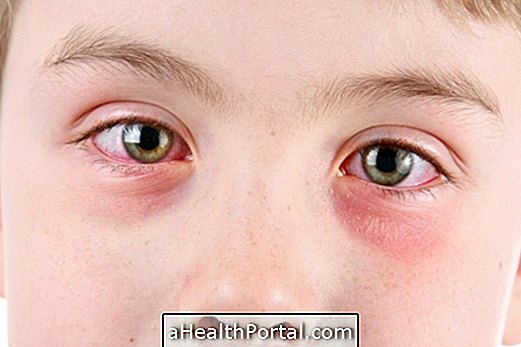


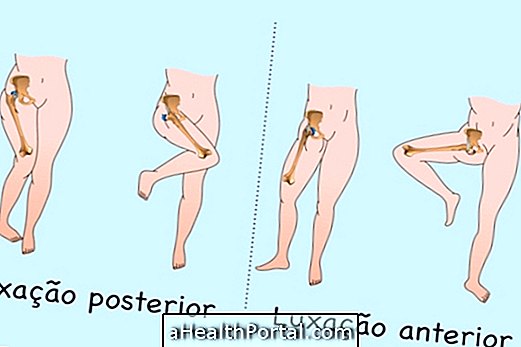

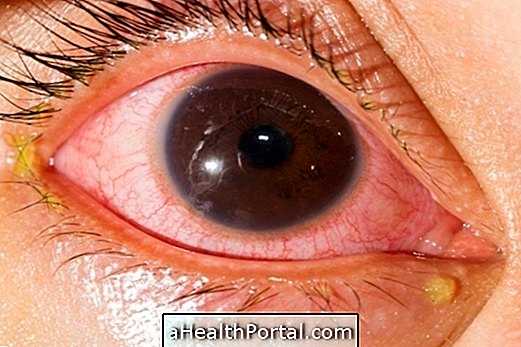
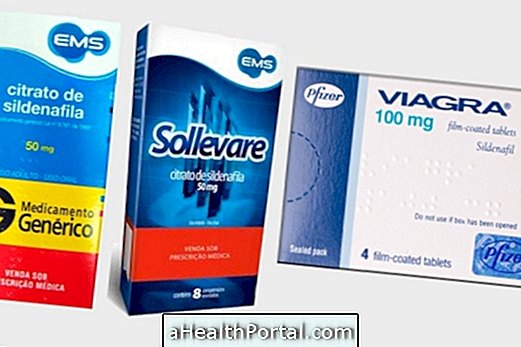

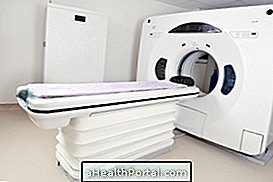




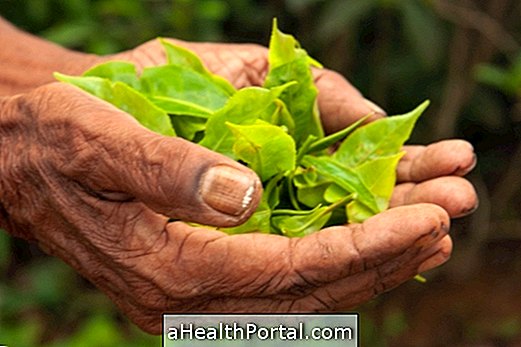
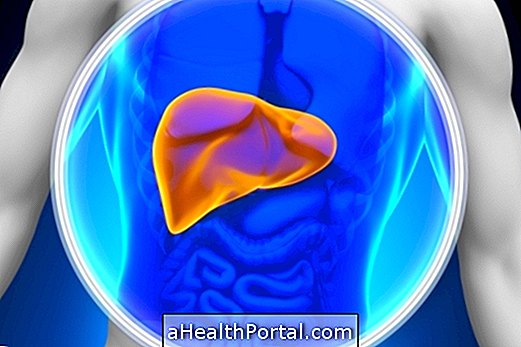

-o-que-so-tipos-e-para-que-servem.jpg)
